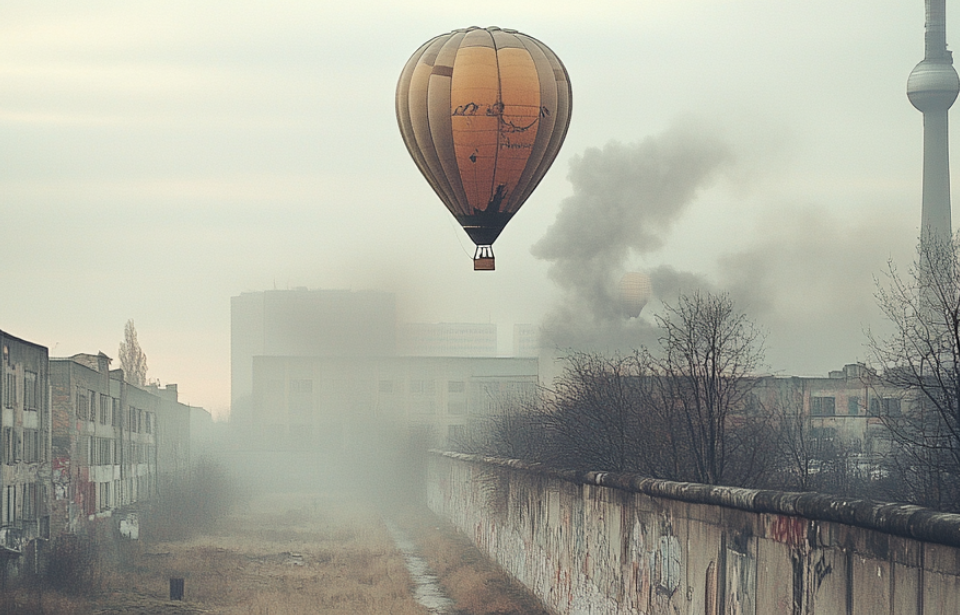What price would you pay for freedom, and what dangers would you put your family through for a chance at a better life? Peter Strelzyk and Günter Wetzel had to ask themselves these questions when they attempted their third escapes from East Germany after two very unsuccessful trial runs. At this point, they had no choice but to leave, as the authorities were on their tails.
Germany, divided
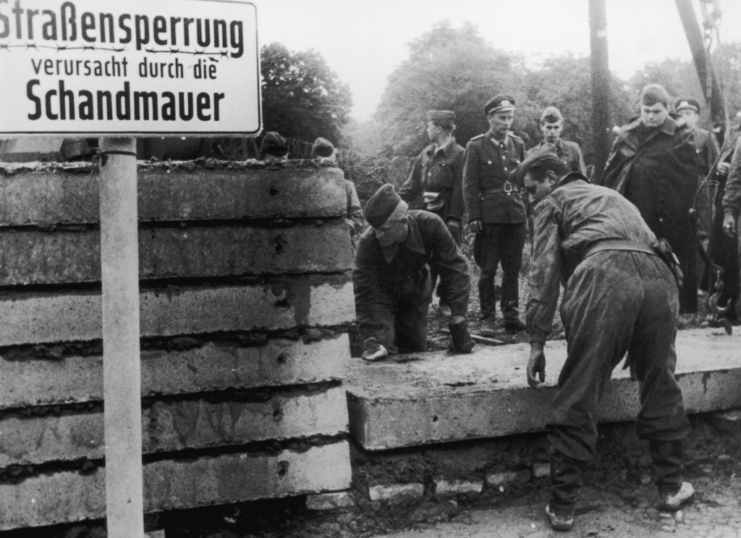
After the Second World War, Germany was split in two: the East and the West. West Germany, with the help of the United States and Britain, flourished and underwent intense modernization. East Germany, under the dominance of the Soviet Union, suffered. Because of the turmoil and struggle, around 3.6 million civilians fled the East between 1945-61. To put this total into perspective, about 20 percent of East Germany’s population left in the first 16 years of the Soviet occupation.
The Soviets were becoming increasingly concerned with the number of people fleeing East Germany (also known as the German Democratic Republic, or GDR). This led Soviet Premier Nikita Khrushchev in August 1961 to allow the government to shutter the border with West Germany for good.
Building the Berlin Wall
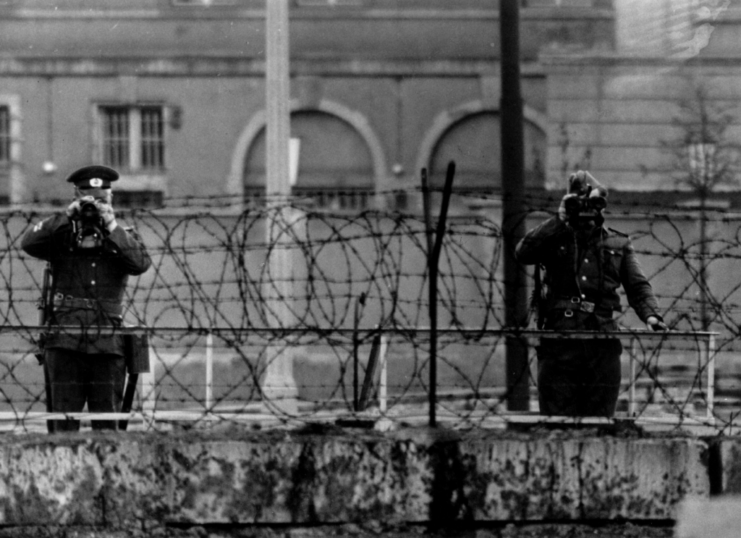
Construction began on the Berlin Wall. Within two weeks, construction was completed on a makeshift barbed wire and concrete wall that divided one side of Berlin from the other, prohibiting East Germans from defecting to the West.
While the wall was fairly well built in some spots, it was essentially just barbed wire in other places. That being said, attempting to climb over these smaller barriers would set off machine guns and landmines. Furthermore, East German border patrols had been instructed to prevent penetration by all means – including by lethal force.
Nonetheless, from 1961-89, thousands of East Germans attempted to cross the border. Eight of the individuals who successfully entered West Germany did so by hot air balloon, a drastic feat undertaken by two desperate families.
Needing to flee East Germany

It was under these circumstances that Peter Strelzyk and Günter Wetzel hatched an escape plan.
Strelzyk and Wetzel first met in 1974 while working at a local plastics factory. They became fast friends, and both had become concerned with politics in East Germany. Wetzel recalled “enjoying the private life in the GDR,” but became unhappy with his public life because “we couldn’t express our feelings.”
Strelyzk was largely frustrated by the hypocrisy. “You are subjected to constant propaganda and lying,” he explained to Popular Mechanics back in 1980. “You are not free to read what you please, to say what you think, or to travel anywhere except to other communist countries.”
Strelzyk and Wetzel decided they needed to get out of East Germany, and, in March 1978, they agreed to work together on an escape plan for themselves and their immediate families.
A plan to escape via hot air balloon

The pair first toyed with the idea of building a helicopter, but eventually ruled it out when they realized the engine needed to be powerful enough to lift eight people. They ultimately came up with the idea to use a hot air balloon.
After initial research, Peter Strelzyk and Günter Wetzel realized they’d need to create a huge balloon to carry four adults and three children. The gas containers, the burner and the bag itself would probably have to total around 1,650 pounds. For 18 months, the pair worked on building the platforms, gas burners and a makeshift flame thrower, while their wives sewed the balloon itself from curtains, bed sheets, shower liners and other fabrics that were brought home piece by piece.
Testing their homemade hot air balloon
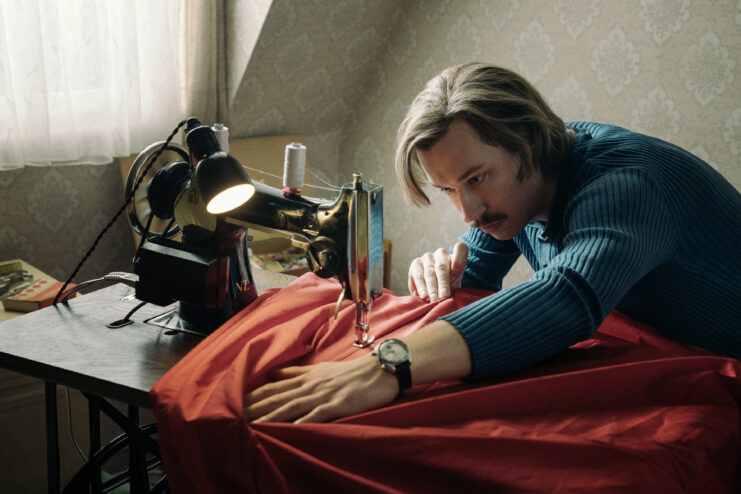
On April 28, 1978, they were ready for their first test flight. However, this never happened, as Günter Wetzel and Peter Strelzyk had made a major miscalculation. The fabric they’d used was too porous, letting the hot air escape; the balloon never got off the ground.
The first prototype was burned completely, but Wetzel and Strelyzk were determined to make their escape and refused to give up. They went back to the drawing board to figure out the mistakes made during their first attempt. The biggest issue was the fabric, but they had no idea what material would be better suited.
After a series of experiments, they wound up using taffeta – the fabric used in ball gowns. They bought this material in a store in Leipzig at the start of June 1978, after they told the shopkeeper they were engineers using it to craft sails for a boating club.
A failed first attempt at escaping East Germany
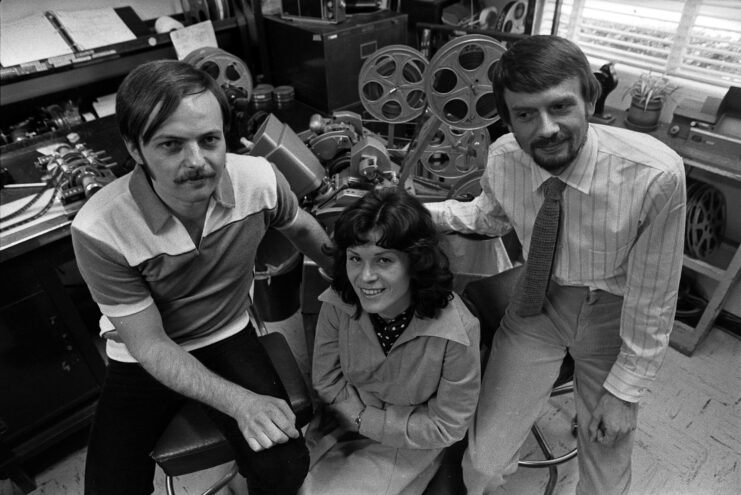
In July 1979, the Strelzyk family attempted their escape in the updated hot air balloon. Everything was going according to plan and they were headed straight for West Germany… Until the balloon traveled through a cloud.
The moisture weighed down the fabric, causing the balloon to descend, and the family landed about 180 meters from the West. They had to abandon the balloon, but because they’d landed so close to the border, the authorities came across it. A search was conducted to figure out who’d tried to escape, but, luckily, it couldn’t be traced back to them.
If at first you don’t succeed, try again!

The search for the individuals responsible for the hot air balloon sped up Peter Strelzyk and Günter Wetzel’s escape plans. Notices appeared in local newspapers, calling for information about anyone who could be responsible. As the second balloon had been left abandoned, an entirely new, third one had to be created – and fast!
The forecast for the night of September 15, 1979, looked perfect for their latest planned escape. Essential for this was a strong northernly wind that would assist the families in quickly floating to West Germany.
While the forecast was perfect, this third balloon had not yet been tested. Desperate to get out of East Germany, the Strelzyk and Wetzel families decided to roll the dice and moved forward with their escape attempt.
Third time’s the charm
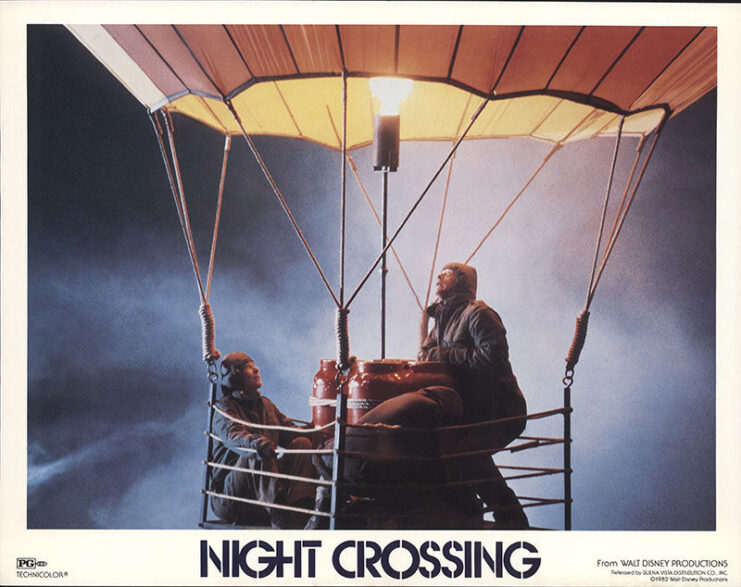
On the night of September 15/16, 1979, the two families drove their cars to the border, and, at 2:26 AM, the balloon lifted off with all members inside.
Just minutes after liftoff, the police were notified about an unidentified flying object moving toward the border. While they aimed their searchlights at the night sky, they couldn’t see the hot air balloon drifting to safety. The total flight time in the hot air balloon was 28 minutes, and the families landed 15 miles away in a farmer’s field.
The escape in a hot air balloon was just one of several creative escape plans out of East Germany during the Cold War. It’s twice received the Hollywood treatment: once in 1982, with Night Crossing, and again in 2018, with Balloon.
More from us: The Most Damaging Spy In US History Was An Unassuming Account – Elusive for 22 Years!
Want to become a trivia master? Sign up for our War History Fact of the Day newsletter!
Sometimes, a high risk does end up receiving a high reward, such as the freedom of eight individuals.
